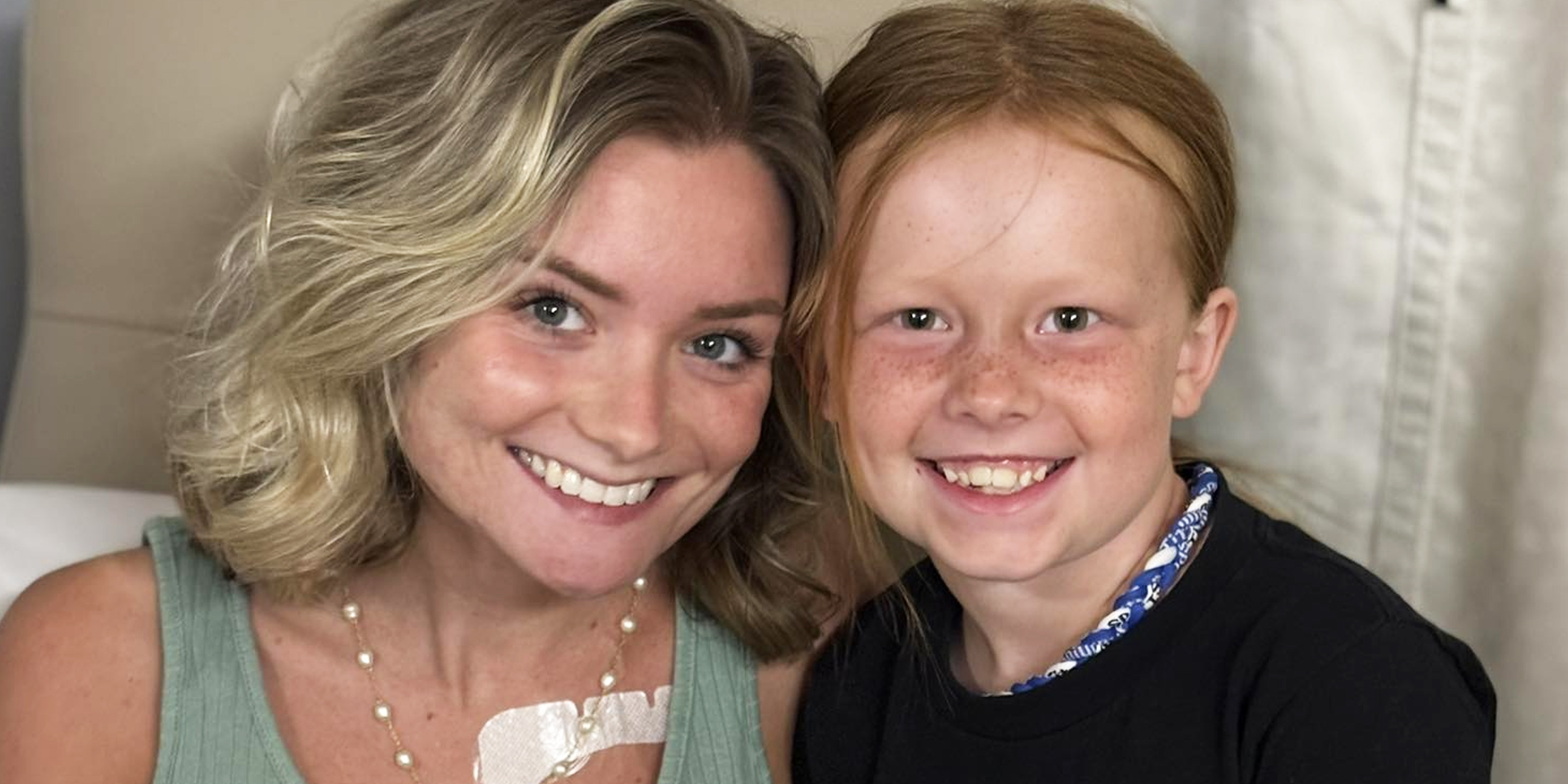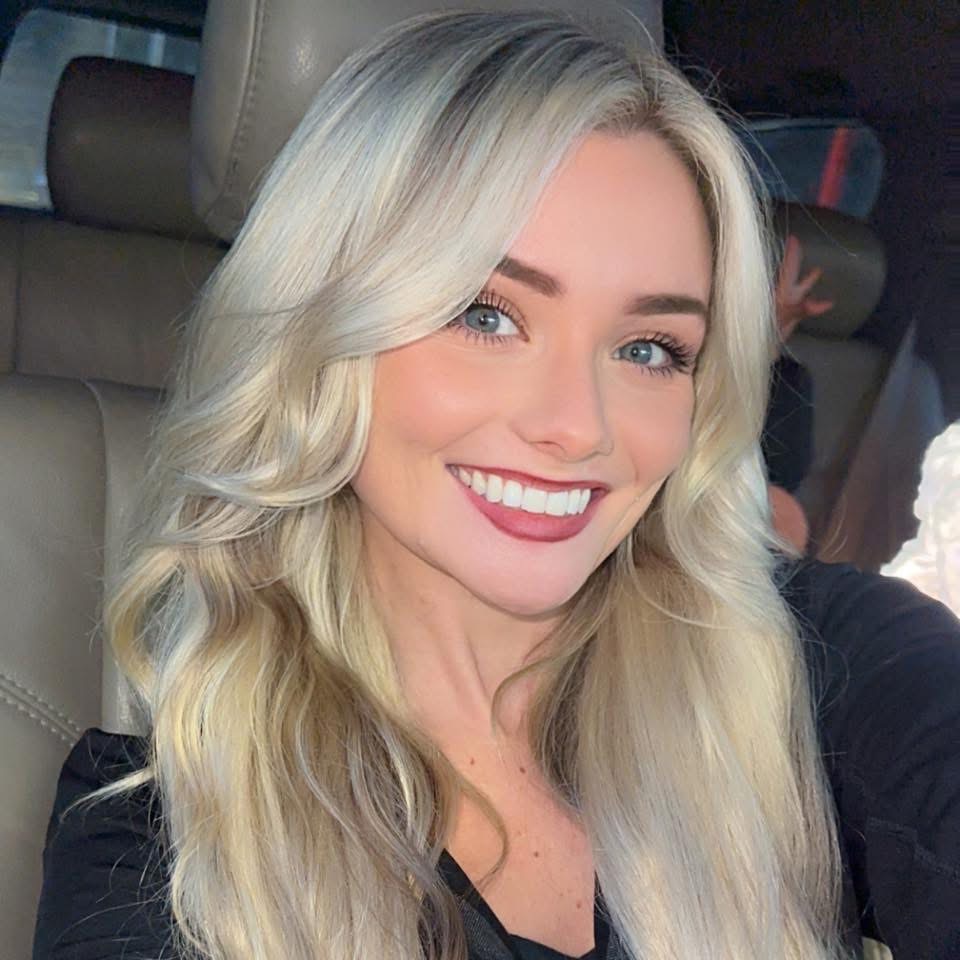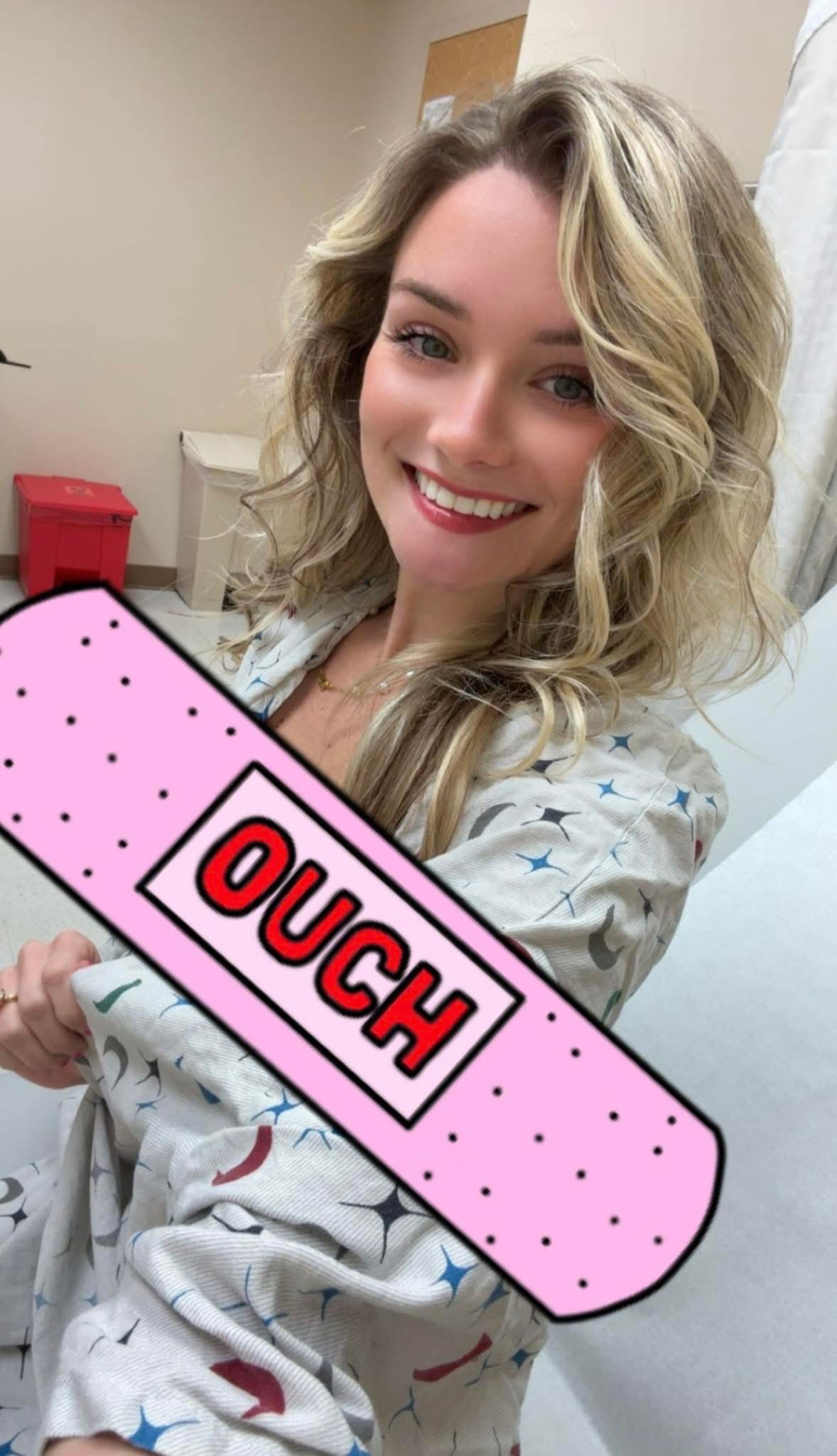
Mother of 4 Felt Tired and Could Never Have Imagined It Would Turn Out to Be a Deadly Diagnosis
At 25, she had little reason to suspect anything serious. She wasn't in pain all the time, and she wasn't bedridden. But something felt off, and the deeper she looked, the more her reality began to shift.
When a young woman felt drained, she assumed it was just part of life as a busy mother. With four young children, late nights and long days were nothing new. But the tiredness didn't go away, and neither did the strange, creeping sense that something was wrong.

Savannah Caldwell smiles for the camera | Source: GoFundMe/savannahs-cancer-battle
Soon, the symptoms began stacking up in ways she couldn't ignore. From unexplained aches to overwhelming fatigue, her body was trying to send a message. The diagnosis that followed would flip her life upside down and inspire a mission to spread awareness.

Savannah Caldwell poses for a picture | Source: GoFundMe/savannahs-cancer-battle
A Life Built on Simple Joys
Savannah Caldwell’s world revolved around the quiet beauty of everyday life. She was a newlywed living in a small cottage with her husband, Nick, raising their four young children. Their routines were simple yet meaningful — watching movies together, sharing coffee in quiet moments, and finding comfort in their cozy, wood-paneled home.
There were no glaring warning signs at first. But over the past year, Caldwell began to notice changes in her body that didn't feel right. "Fatigue was a main symptom," Caldwell explained. "I'm 25. I shouldn't be feeling so tired all the time. And extreme pain in my bones... unexplainable... There was no reason."
As her symptoms grew harder to dismiss, that sense of unease only deepened. Still, the idea that something life-threatening might be behind it never occurred to her.
When the Symptoms Couldn't Be Dismissed
As the months passed, Caldwell's symptoms persisted and intensified. The bone pain became more frequent, and the exhaustion more debilitating. Even simple tasks began to feel overwhelming. She could no longer chalk it up to the everyday demands of parenting.
Trusting her instincts, Caldwell sought medical attention. During an examination, she discovered a lump on her chest. That discovery was enough to prompt her doctors to order a biopsy in the spring.
"I was in complete shock," Caldwell recalled. "I remember staring at the floor, not knowing what to think. Not knowing what was next. That was a big worry... and worrying about my family, worrying about my life."
Within days, everything changed. The fatigue and pain that had slowly taken over her body now had a name, and it was far more serious than she had ever imagined.
From Symptoms to a Life-Altering Answer
The results of Caldwell's biopsy were devastating. She was diagnosed with triple-positive stage four invasive ductal carcinoma, an aggressive form of breast cancer. By the time doctors identified it, the disease had already spread.
Her cancer had metastasized to her ribs, spine, lungs, and skull, and additional tests were underway to check for signs in her brain. It was a level of progression that no one expected, least of all Caldwell herself.
From that moment on, everything changed. Her daily routine now revolved around scans, treatments, and fighting a disease that had quietly taken hold.
What She Was Facing
Caldwell's diagnosis was not only advanced. It was medically uncommon for someone her age. Invasive ductal carcinoma (IDC) is a fast-spreading form of breast cancer that typically affects women over 55. Caldwell was just 25.
IDC begins in the milk ducts of the breast and can quickly move into surrounding tissue. Once it spreads beyond the breast, it can travel through the bloodstream or lymphatic system to reach bones, lungs, or other organs, just as it had in Caldwell's case.
She was also BRCA-positive, meaning she carried a genetic mutation that sharply increased her risk for this type of cancer. According to the Cleveland Clinic, symptoms of IDC often go unnoticed until the cancer is more advanced.
When they do appear, they can include a lump in the breast or underarm, unexplained pain, changes in breast shape, skin dimpling, or nipple discharge. For Caldwell, it had started with fatigue and bone pain, two symptoms that don't immediately point to breast cancer.
Her case was especially aggressive. By the time she started treatment, the cancer had already metastasized to several areas of her body. That meant her doctors had to act quickly and comprehensively.
Treatment Begins, and So Does the Fight
Just days after receiving her diagnosis, Caldwell began chemotherapy. The pace was fast because it had to be. Her treatment plan included not just chemo but also radiation and immunotherapy, aimed at slowing the cancer's spread and giving her body a fighting chance.
From the start, Caldwell faced the physical side effects with quiet resilience. She documented her journey on social media, offering real-time updates to anyone who wanted to follow along.
"I just had my first round of chemo. It went really well," she shared in one clip. In another, she calmly explained, "I've had little side effects — belly rumbling, some thinning of the hair."
Despite everything she was going through, her tone remained steady and hopeful. "Yay, my labs are good! That's so good — I love hearing that," she said in one video, smiling at the camera as machines beeped behind her.
Caldwell was clear that her optimism wasn't about ignoring the truth of her condition. It was about meeting it head-on. "Being so positive isn't about living in denial. It's about being resilient," she explained. "Cancer doesn't discriminate against anyone, and I'm living proof of it. And I want to show everyone."
As Caldwell settled into the rhythm of treatment, she found herself searching for others who might understand what she was going through. But when she looked, she didn't see many women her age sharing similar experiences. That silence pushed her to speak up.
"It was really hard for me to find women going through the same thing as me, especially as young as I am," she explained. So she became the voice she had been looking for.
Since then, Caldwell has been sharing regular updates on TikTok, not just about her treatments but about the emotional rollercoaster that comes with them. Her videos offer a rare and raw glimpse into what it means to face a life-threatening illness at such a young age, all while raising children and trying to hold on to a sense of normalcy.
She isn't trying to sugarcoat what she was facing. She is just trying to make it visible. For the countless young women scrolling their phones, Caldwell's openness offers connection, comfort, and a sense that they aren't alone. "I want to take everyone with me... so stay tuned for more," she said.
Holding On to What Matters Most
Throughout her journey, Caldwell remains grounded by one thing: her family. Her husband Nick and their four young children are her anchor, especially during the hardest moments.
"At night, especially when I'm with my kids... oh gosh, this is so hard," she admitted through tears. "But whenever we're cuddled up at night and I look over at my kids... I just hope I get to see them grow up."
Those quiet, everyday moments mean everything to her, more than any medical milestone or online follower count. They remind her why she is fighting so hard and why giving in to fear is not an option. Caldwell doesn't claim to have control over what is happening in her body.
But she makes it clear that she is choosing how to respond to it. "Things can change by the minute," she stated. "But for the most part, I'm optimistic. I know… believe that my will to fight will get me through."
The Community Stepping In
As Caldwell faces the fight of her life, her community has stepped in to help shoulder the weight. A close friend, Samantha Cleaver, launched a GoFundMe campaign to support Caldwell and her family as they navigate the months ahead without a steady income.
"Savannah is not going to be able to work for a long time," Cleaver wrote. "Please help her fight this beast. She'd give the shirt off her back for any stranger she met."
So far, more than $11,000 has been raised toward the $20,000 goal. Each donation is a small act of solidarity, proof that Caldwell's story has moved people well beyond her circle of family and friends.
Caldwell never chose the road she's on, but she's determined to make it count. While the future remains uncertain, her mission is clear. "I want my story to be a beautiful one, no matter how long or short it is," she said. "I was chosen for this, and I want to make a difference. I want to spread the message. I want to spread the word that this is important."
Through her honesty and strength, Caldwell has already done that and more. Her story serves as a reminder that when something feels off, it's worth paying attention. Early action can save lives.
The information in this article is not intended or implied to be a substitute for professional medical advice, diagnosis or treatment. All content, including text, and images contained on news.AmoMama.com, or available through news.AmoMama.com is for general information purposes only. news.AmoMama.com does not take responsibility for any action taken as a result of reading this article. Before undertaking any course of treatment please consult with your healthcare provider.
